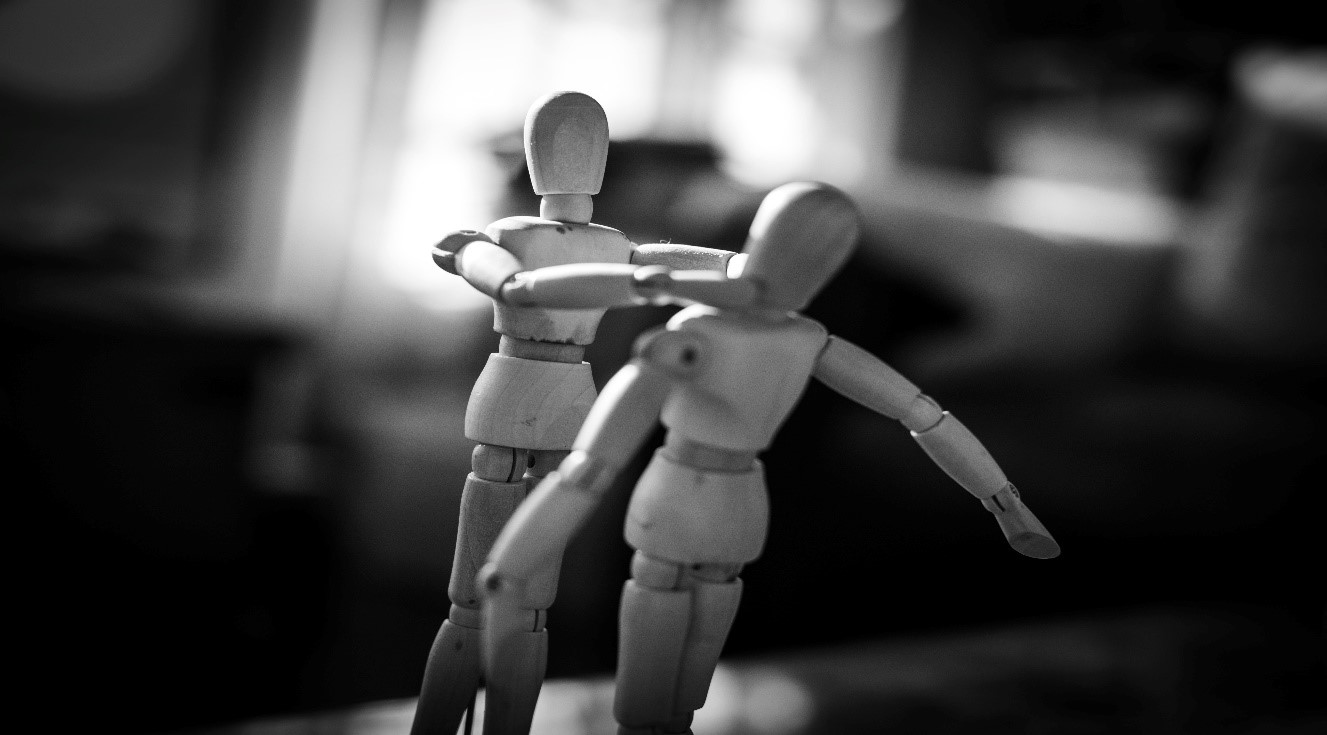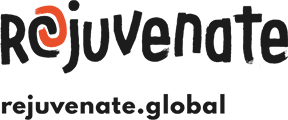post
Gender-based violence (GBV) remains a concerning human rights issue globally that research shows had reached pandemic proportions before the Covid-19 outbreak. GBV cases are alarmingly high globally, even among adolescents. Can active youth participation make a difference in intervention and prevention programmes in South Africa?
Youth as co-creators
Child rights activists believe meaningful change for young people and communities happens when the youth are actively involved as co-creators of programmes that aim to bring about change. The United Nations also recognises youth participation as an important human right, highlighting that it can play a crucial role in their development while also encouraging positive civic action.
Schools are seen as important institutions that provide a critical platform for gender socialisation, where attitudes towards oneself and others are formed and reinforced.
A 2020 report by the World Health Organization (WHO) indicates that GBV starts at an early age, with at least one in four adolescent women between 15 and 24 having reported intimate partner violence. Emerging evidence also suggests that patterns of violence and victimisation developed in early adolescence may become difficult to reverse.
Therefore, it is important to address social norms and beliefs about gender – which are at the heart of GBV – at an early age, and such intervention must draw the youth in as co-creators and collaborators of solutions to the social ill.
A significant intervention strategy used by schools to tackle GBV is curriculum education. However, this strategy reduces active student participation as collaborators and co-creators of intervention programmes and manuals. Instead, youth are brought in only as ‘participants’ of a curriculum that addresses problematic behaviour that may lead to sexual violence and GBV.
Gender-based violence in South African schools
But perhaps we need to re-evaluate the nature of this intervention given the persistence of gendered violence in South African schools.
While gendered violence in schools is a global problem affecting an estimated 246 million children every year, it remains widespread in South Africa despite government and private sector efforts to tackle it. Girls are particularly vulnerable to physical and sexual violence, with sexual harassment and assault cases ranging from catcalling and touching to groping and rape.
Police statistics on school sexual violence are not readily available. However, estimates based on the national survey last reported in 2012 indicate that 22.2% of schoolchildren had been victims of violence. More recently, nearly 700 girls aged 9 and 10 gave birth in 2020 – suggesting, among other things, the issue of statutory rape is prevalent. Government admits that its approach to tackling GBV in schools has not been effective despite numerous interventions.
Current government strategies incorporate a range of prevention and intervention methods, including curriculum-based teaching manuals and the Life Orientation school subject for teachers use to educate learners about gendered violence and social norms. My review of the most commonly used manuals suggests that youth creative ideas and solutions are not included in the manual development. Instead, the manuals are developed and modelled primarily based on research and surveys on gender-based violence in schools.
Take for example, South Africa’s widely used intervention and prevention manual, Opening Our Eyes. Introduced 22 years ago, the manual trains educators on identifying and preventing sexual and other forms of GBV. Although it was initially shown to be successful, its impact on violence reduction has not been tracked consistently. Studies comparing school violence in South Africa between 2008 and 2012 (based on the last national survey) suggest that all forms of violence have remained stubbornly high despite the manual’s adoption.
Youth involvement in South African social development campaigns
In examples of campaigns aimed at youth in South Africa, there is already precedent for successfully involving school learners in the development of these programmes. LoveLife and the Soul Buddyz Club (amongst other government interventions) made concerted efforts to engage the youth at various programming points in the country’s fight against HIV and AIDS.
Youth between the ages of 15 and 24 made up about 50 percent of South Africa’s population living with HIV in the early 2000s prompting the need for intervention and prevention programming targeting the age group.
LoveLife pioneered youth programmes and a national communications campaign driven by and for the youth between 1999 and 2008. The organisation was credited with having helped to change youth sexual behaviour. This is despite criticism of its methods and the lack of evaluations showing a causal link between its programmes and a drop in HIV infection rates.
On the other hand, monitoring and evaluation reports of the Soul Buddyz Club indicate that its youth-centric programs had a positive and lasting impact on youth sexual behaviour. The Soul City Institute for Social Justice programme has been running across South African primary schools for almost 20 years. It promotes community engagement for and by young people, giving them the platform to voice and share their views on various social issues but with a primary focus on sexual and reproductive health. Its programme evaluation tracked Soul Buddyz Club alumni ten years after their involvement in the programme, and results showed that they were less likely to engage in several risky sexual behaviours due to the Soul Buddyz Club intervention.
What about examples in other countries?
As seen in Tanzania, there is a promise of programme sustainability and impact when the youth are included as co-creators of intervention and prevention projects. At least 70 percent of the country’s population is under 35, with adolescents accounting for half of this cohort. The population statistics make Tanzania a helpful case study on the influence of youth as co-participants in projects that tackle social issues like GBV.
While a long-term impact evaluation of the collaborative project is yet to be done, early evaluations conducted with a leading Swiss children’s rights organisation, Terre des Hommes Schweiz, have shown promising results in terms of empowering the youth to become agents of change while also changing their understanding and beliefs that lead to gendered violence.
Can active youth participation make a difference in school-based intervention and prevention programmes in South Africa?
International research on intervention programmes that incorporate active youth participation suggests that the programmes positively impact the youth while helping to change young people’s beliefs about sex, sexuality, and gender norms. Therefore youth participation in programmes that tackle South Africa’s gendered violence in schools can make a difference, as can be seen by the evaluation results of the Soul Buddyz Club.
South Africa’s government has shown commitment to managing the country’s alarming gender-based violence. However, the same vigour needs to be directed at tackling the problem at school level initiatives. This must also include consistent tracking of the programmes’ impact to understand what sustains GBV in schools and to learn what possible solutions exist that need to be implemented.
Young people make up at least 34 percent of South Africa’s population. Actively engaging them and allowing them to exercise their agency in finding solutions for social ills helps in their development and provides an opportunity to correct gendered violence as a cultural practice from a young age.
Photo credit: Charl Folscher/Unsplash






